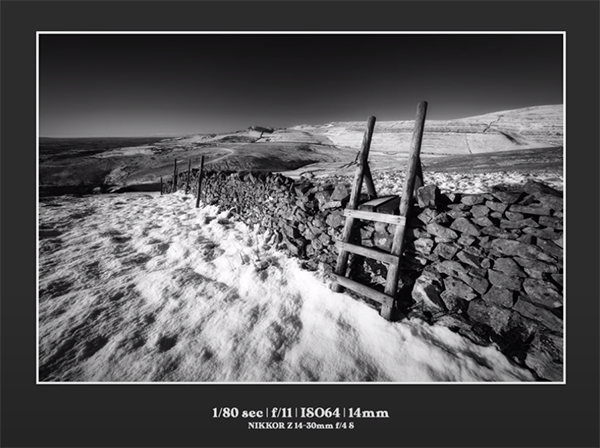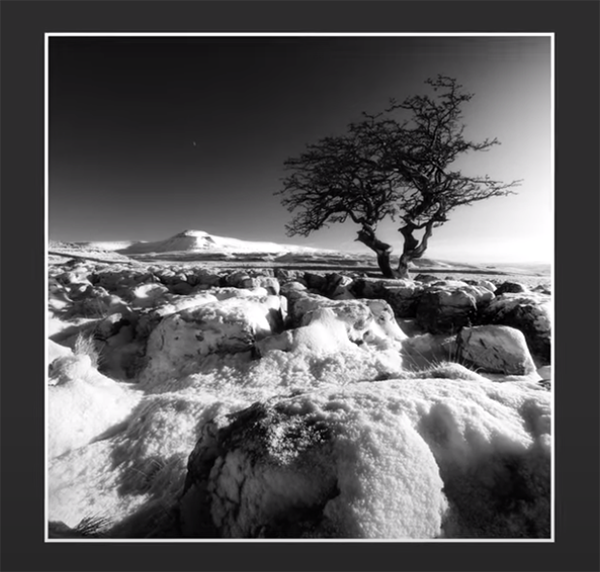Shoot Better Nature Photos with Plain Blue Skies Using These 5 Pro Techniques (VIDEO)

Bright blue featureless may be great for a trip to the beach, going on vacation, taking a bike ride, or hiking in the great outdoors. But when it comes to nature and landscape photography, well, not so much.
Of course it's always possible to swap skies during the editing process, but many serious shooters hesitate to do that. If that sounds like you, the following tutorial from a notable British landscape photographer is just what you need to get the job done in the camera.
Instructor Henry Turner describes himself like this: "I'm just a normal guy with a child-like desire to explore our beautiful planet with my camera." Sounds like many of us, right? In this behind-the-scenes tutorial he demonstrates five effective methods for capturing great images when the dramatic, billowing clouds we desire are nowhere in sight.

Tip #1 involves setting the camera to capture images in b&w. He explains that "what we're trying to do is just embrace the contrast—especially when we're out in the middle of the day." This a departure from the typical approach when we want to avoid high contrast scenes, in favor of quiet side light or dramatic back light.
When confronted by plain blue skies, however, Turner urges you to not consider high contrast as the enemy. In other words, "don't let shooting in monochrome be an afterthought." By doing this, that "uninteresting" blue sky can be rendered jet black. And that makes for some very dramatic imagery. By adding a polarizing filter you really can't miss when thinking and shooting in b&w.
Another approach for deemphasizing featureless skies, particularly when photographing seascapes or other scenes with water, is shooting with long exposures. This isn't about creating motion in the sky because they aren't any clouds. Rather, by using slow shutter speeds to smooth out flowing water, and composing accordingly, the viewer tends to ignore a boring sky. This technique can impart a feeling of simplicity or minimalism to an image as well.

In fact, Turner suggests combining the two techniques above to achieve "some really wonderful images." At this point you're barely a quarter of the way into this lesson and Turner's remaining three techniques are just as powerful and easy to achieve. By the time you're finished watching you'll smile broadly the next time you confront a blue sky.
There's much more to learn about landscape photography techniques on Turner's popular YouTube channel, so be sure to pay a visit and explore everything else he has to offer.
And don't miss the tutorial we posted with another top pro, explaining how to improve your landscape photographs by using foreground elements to guide a viewer's eye to the most important part of a scene.
- Log in or register to post comments

















































